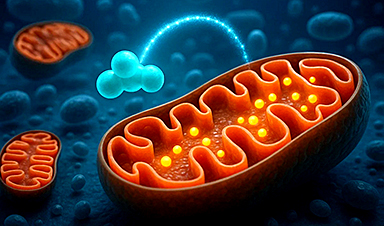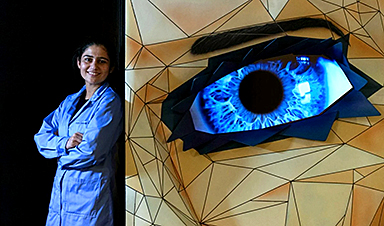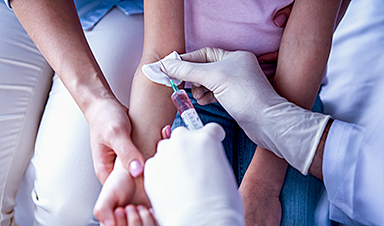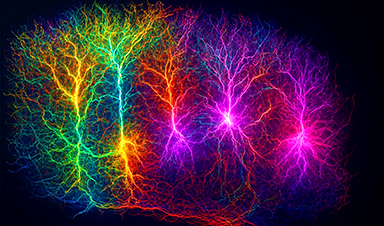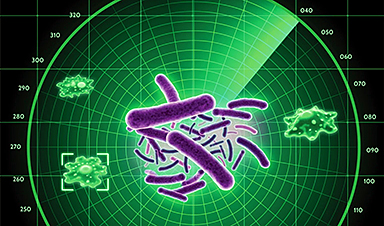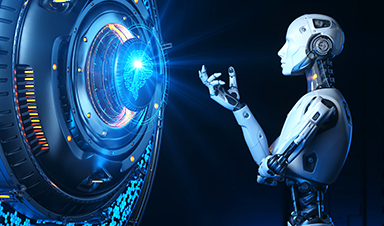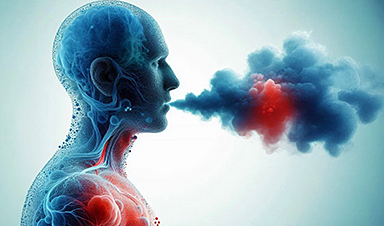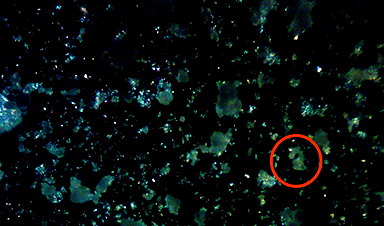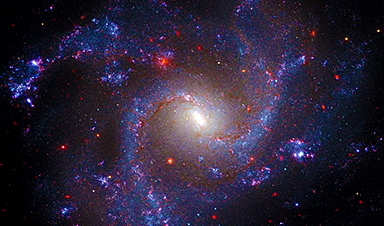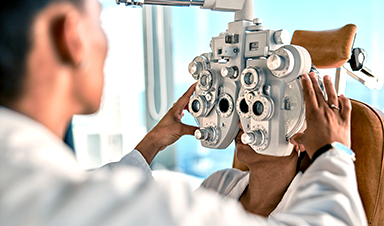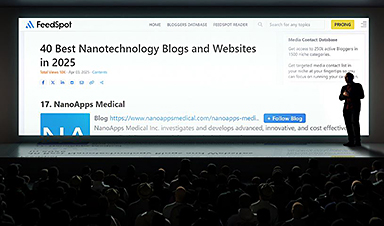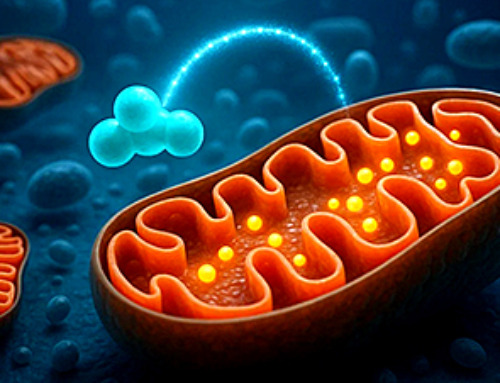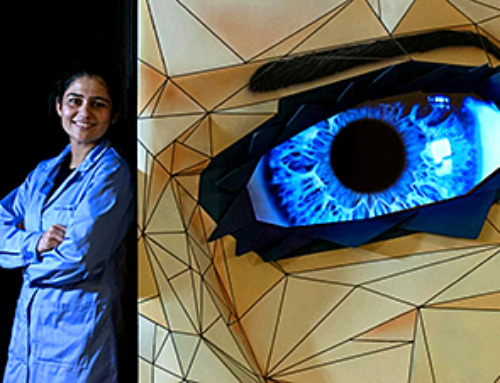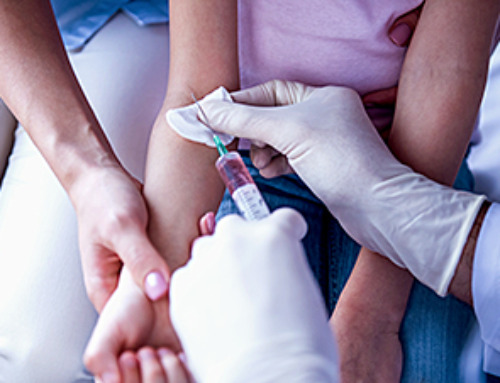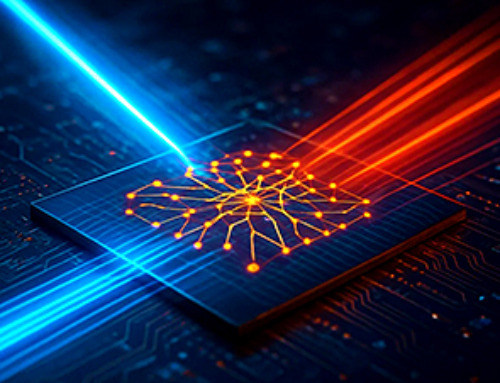Deep Nanometry (DNM) is an innovative technique combining high-speed optical detection with AI-driven noise reduction, allowing researchers to find rare nanoparticles like extracellular vesicles (EVs).
Since EVs play a role in disease detection, DNM could revolutionize early cancer diagnosis. Its applications stretch beyond healthcare, promising advances in vaccine research, and environmental science.
A Breakthrough in Nanoparticle Detection
Researchers from the University of Tokyo and beyond have developed Deep Nanometry, a cutting-edge technique that combines advanced optical technology with an AI-driven noise removal algorithm. This approach, powered by unsupervised deep learning, allows for the rapid and highly accurate detection of nanoparticles in medical samples. By identifying even trace amounts of rare particles, Deep Nanometry has demonstrated its potential for detecting extracellular vesicles — tiny biological markers that may signal early signs of colon cancer. Researchers hope this breakthrough will extend to other medical and industrial applications.
Extracellular Vesicles: Tiny Clues to Big Diseases
Your body is filled with microscopic particles even smaller than cells, including extracellular vesicles (EVs). These tiny particles play a crucial role in early disease detection and drug delivery. However, because EVs are so rare, identifying them among millions of other particles has traditionally required costly and time-consuming pre-enrichment processes. To overcome this challenge, Yuichiro Iwamoto, a postdoctoral researcher at the Research Center for Advanced Science and Technology, and his team have developed a faster, more reliable way to detect EVs — bringing us one step closer to more efficient and accessible disease diagnostics.

The Challenge of Detecting Rare Particles
“Conventional measurement techniques often have limited throughput, making it difficult to reliably detect rare particles in a short space of time,” said Iwamoto. “To address this, we developed Deep Nanometry (DNM), a new nanoparticle detection device and an unsupervised deep learning noise-reduction method to boost its sensitivity. This allows for high throughput, making it possible to detect rare particles such as EVs.”
At the heart of DNM is its ability to detect particles as small as 30 nanometers (billionths of a meter) in size, while also being able to detect more than 100,000 particles per second. With conventional high-speed detection tools, strong signals are detected but weak signals may be missed, while DNM is capable of catching them. This might be analogous to searching for a small boat on a turbulent ocean amidst crashing waves — it becomes much easier if the waves would dissipate leaving a calm ocean to scout for the boat. The artificial intelligence (AI) component helps in this regard, by learning the characteristics of, and thus helping filter out, the behavior of the waves.
Future Applications Beyond Medicine
This technology can be expanded to a wide range of clinical diagnoses that rely on particle detection, and it also has potential in fields such as vaccine development and environmental monitoring. Additionally, the AI-based signal denoising could be applied to electrical signals, amongst others.
“The development of DNM has been a very personal journey for me,” said Iwamoto. “It is not only a scientific advancement, but also a tribute to my late mother, who inspired me to research the early detection of cancer. Our dream is to make life-saving diagnostics faster and more accessible to everyone.”
Reference: “High throughput analysis of rare nanoparticles with deep-enhanced sensitivity via unsupervised denoising” by Yuichiro Iwamoto, Benjamin Salmon, Yusuke Yoshioka, Ryosuke Kojima, Alexander Krull and Sadao Ota, 20 February 2025, Nature Communications.
DOI: 10.1038/s41467-025-56812-y
News
This Tiny Cellular Gate Could Be the Key to Curing Cancer – And Regrowing Hair
After more than five decades of mystery, scientists have finally unveiled the detailed structure and function of a long-theorized molecular machine in our mitochondria — the mitochondrial pyruvate carrier. This microscopic gatekeeper controls how [...]
Unlocking Vision’s Secrets: Researchers Reveal 3D Structure of Key Eye Protein
Researchers have uncovered the 3D structure of RBP3, a key protein in vision, revealing how it transports retinoids and fatty acids and how its dysfunction may lead to retinal diseases. Proteins play a critical [...]
5 Key Facts About Nanoplastics and How They Affect the Human Body
Nanoplastics are typically defined as plastic particles smaller than 1000 nanometers. These particles are increasingly being detected in human tissues: they can bypass biological barriers, accumulate in organs, and may influence health in ways [...]
Measles Is Back: Doctors Warn of Dangerous Surge Across the U.S.
Parents are encouraged to contact their pediatrician if their child has been exposed to measles or is showing symptoms. Pediatric infectious disease experts are emphasizing the critical importance of measles vaccination, as the highly [...]
AI at the Speed of Light: How Silicon Photonics Are Reinventing Hardware
A cutting-edge AI acceleration platform powered by light rather than electricity could revolutionize how AI is trained and deployed. Using photonic integrated circuits made from advanced III-V semiconductors, researchers have developed a system that vastly [...]
A Grain of Brain, 523 Million Synapses, Most Complicated Neuroscience Experiment Ever Attempted
A team of over 150 scientists has achieved what once seemed impossible: a complete wiring and activity map of a tiny section of a mammalian brain. This feat, part of the MICrONS Project, rivals [...]
The Secret “Radar” Bacteria Use To Outsmart Their Enemies
A chemical radar allows bacteria to sense and eliminate predators. Investigating how microorganisms communicate deepens our understanding of the complex ecological interactions that shape our environment is an area of key focus for the [...]
Psychologists explore ethical issues associated with human-AI relationships
It's becoming increasingly commonplace for people to develop intimate, long-term relationships with artificial intelligence (AI) technologies. At their extreme, people have "married" their AI companions in non-legally binding ceremonies, and at least two people [...]
When You Lose Weight, Where Does It Actually Go?
Most health professionals lack a clear understanding of how body fat is lost, often subscribing to misconceptions like fat converting to energy or muscle. The truth is, fat is actually broken down into carbon [...]
How Everyday Plastics Quietly Turn Into DNA-Damaging Nanoparticles
The same unique structure that makes plastic so versatile also makes it susceptible to breaking down into harmful micro- and nanoscale particles. The world is saturated with trillions of microscopic and nanoscopic plastic particles, some smaller [...]
AI Outperforms Physicians in Real-World Urgent Care Decisions, Study Finds
The study, conducted at the virtual urgent care clinic Cedars-Sinai Connect in LA, compared recommendations given in about 500 visits of adult patients with relatively common symptoms – respiratory, urinary, eye, vaginal and dental. [...]
Challenging the Big Bang: A Multi-Singularity Origin for the Universe
In a study published in the journal Classical and Quantum Gravity, Dr. Richard Lieu, a physics professor at The University of Alabama in Huntsville (UAH), which is a part of The University of Alabama System, suggests that [...]
New drug restores vision by regenerating retinal nerves
Vision is one of the most crucial human senses, yet over 300 million people worldwide are at risk of vision loss due to various retinal diseases. While recent advancements in retinal disease treatments have [...]
Shingles vaccine cuts dementia risk by 20%, new study shows
A shingles shot may do more than prevent rash — it could help shield the aging brain from dementia, according to a landmark study using real-world data from the UK. A routine vaccine could [...]
AI Predicts Sudden Cardiac Arrest Days Before It Strikes
AI can now predict deadly heart arrhythmias up to two weeks in advance, potentially transforming cardiac care. Artificial intelligence could play a key role in preventing many cases of sudden cardiac death, according to [...]
NanoApps Medical is a Top 20 Feedspot Nanotech Blog
There is an ocean of Nanotechnology news published every day. Feedspot saves us a lot of time and we recommend it. We have been using it since 2018. Feedspot is a freemium online RSS [...]

